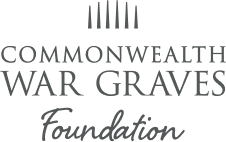10 March 2025
Commonwealth War Graves Volunteer Spotlight: David Nixon
David Nixon is a volunteer at Commonwealth War Graves. Here, we shine a spotlight on the amazing work David does helping us tell the stories of World War casualties in our care. Read on to learn more.
David Nixon: Commonwealth War Graves Volunteer
David has been volunteering with Commonwealth War Graves for a number of years. For his dedication and stellar work, he was previously awarded one of our Spotlight Awards, given to volunteers who who have excelled in their role.
We sat with David to learn a little bit more about him, why he chose to volunteer with us, and more about the stories about some of those he helps us care for.
Hi David, thanks for speaking to us. First off, why did you volunteer with Commonwealth War Graves?
 Image: CWG volunteer and Spotlight Award winner David Nixon
Image: CWG volunteer and Spotlight Award winner David Nixon
I have a long-standing interest in aviation history and used to visit the war graves plots near many UK airfields if I was in the area. Then I started to research my family history and the role my grandparents and their siblings played in the First World War.
Sadly, two of my great uncles were killed in action and are commemorated by the Commission at Thiepval and at Gwalia Farm cemetery near Poperinge.
Visiting their commemorations and seeing the care with which Commonwealth War Graves staff looked after them, and the work required, made me think about what I could do to help.
Becoming an Eyes On, Hands On (EOHO) volunteer provided that opportunity.
Brilliant. So, what do you enjoy the most about volunteering for the Commonwealth War Graves?
It’s great to be able to do something to ensure that those who gave their lives for all of us are properly honoured and commemorated.
I’m fortunate that most of the sites I deal with are quite well looked after.
However, there is a limit to what the churches and their (mainly) volunteer staff, and indeed local authorities, can do for individual commemorations, and, for the most part, families are no longer around to look after them.
It’s immensely satisfying to see the improvement that can be achieved sometimes with a simple clean or grass-cutting around a headstone.
It’s also been great to build relationships with the custodians of the various sites I look after and with my fellow volunteers.
The EOHO volunteer role has certainly helped me feel more of a connection with my local community.
Although I’ve lived in my current home for many years I’ve learnt so much more about the history of the area in the last few years as a volunteer.
When I’ve been out and about, I’ve also met and talked to so many local people who have incredible knowledge of the area and in some cases have connections to or knowledge of those whom we commemorate.
From a personal perspective, being a Commonwealth War Graves volunteer has given me a great opportunity to give something back in a way that chimes with my own interests in military history, but it’s also undoubtedly benefitted my own health and well-being through a period when there have been some challenges.
What is your most memorable moment while volunteering Commonwealth War Graves?
It’s difficult to pick one moment out, but if I had to it would be something that occurred quite recently.
I happened to have a conversation with a churchwarden at one of my local churches which revealed a Commonwealth War Graves headstone that was placed on the wrong grave (and has now been moved).
However, we also came across a casualty of the First World War who is interred in the churchyard and commemorated on the local war memorial but is not currently commemorated by the Commonwealth War Graves.
We are awaiting a formal decision from the Commission on commemoration, but whatever the outcome it was very satisfying to research his story and his grave (the kerbs on which had been covered over with turf) is now clearly visible for anyone who may wish to visit it.
How do you feel about being awarded the CWGC Volunteer Spotlight Award?
It’s a huge honour to receive the award for undertaking work which I thoroughly enjoy, and to be singled out when all our volunteers do such exceptional jobs.
Needless to say, the award certificate has been framed and will take pride of place on my wall!
Could you please share a little more about some of the casualties in the sites you help care for? You must have some interesting stories!
The casualties I look after are the usual mix one can find at municipal cemeteries and churches across the UK.
However, Bury, where I am based, is the hometown of the Lancashire Fusiliers and there are inevitably a large number of their casualties commemorated locally.
At the municipal cemetery at Redvales, the largest site I look after, we have numerous Fusiliers from both World Wars. They range from experienced soldiers to new recruits.
For example, at the upper end of the age range there is Company Sergeant-Major George Ash, born in 1858 and a soldier from the age of 18.
CSM Ash saw active service in Egypt in the 1880’s and retired to life as a publican in 1907 but returned to the colours when the First World War broke out, taking charge of recruit training at the Fusiliers depot. He died of a heart attack in 1915.
At the other end of the age range is Private James George Raffell, born in Kent and latterly a resident of Nottingham. He was a ‘boy soldier’ in training when he died in July 1916, aged just 16 years and is the only boy soldier to die on war service with the Fusiliers during World War One.
Second World War casualties include Sergeant Almuth Prestwich of the Fusiliers, son of a Salford police officer, who was one of five killed when a grenade he was demonstrating to the Home Guard exploded.
There are also a number of commemorations for airmen lost on active service such as 29-year-old Pilot Officer Edward Platt, the son of a local tea merchant who had an established career as a solicitor when the war started.
Edward was a navigator on a Halifax bomber of 78 Squadron which collided with another aircraft of the same unit over Yorkshire while returning from a raid on Berlin.
One unusual casualty commemorated by the Commission at Bury is Trooper William McKenzie of the 13/18 Royal Hussars (Royal Armoured Corps).
William survived World War 2 only to lose his life in the Burnden Park Football Stadium disaster on the 9th March 1946, one of 33 people who died during a crush at a Bolton Wanderers versus Stoke City FA Cup tie.
Very interesting indeed! You mentioned you have relatives commemorated by Commonwealth War Graves. Would you please mind sharing a bit more information on them?
Both of my grandfathers served in the Great War and came through largely unscathed, at least physically. However, two of my great uncles were killed in action, brothers John and Francis (Frank) Morrison.
The Morrison family hailed from near Brookeborough in County Fermanagh, Northern Ireland.
When the war broke out Frank enlisted as a cavalryman in the Service Squadron of the 6th Inniskilling Dragoons, while John went down the infantry route, enlisting in the 11th Battalion, Royal Inniskilling Fusiliers. After training, John served in France, eventually finding himself in the frontline in the Somme area.
John’s Battalion took a leading role on the first day of the battle of the Somme.
Sadly, he was in the first wave of troops out of the trenches in Thiepval Wood and into the attack towards the Schwaben Redoubt and was shot and killed in the very early moments of the assault. His body was not recovered, and he is commemorated on the Thiepval Memorial.
The first couple of years of Franks's war were relatively quiet as there was little role for cavalry. He eventually found himself in the 2nd North Irish Horse Regiment but in July 1917, the decision was taken to disband this unit and re-train its men as infantry.
Frank was transferred to the 9th (North Irish Horse) Battalion of the Royal Irish Fusiliers. He saw action at Cambrai, during the retreat from St Quentin, and at Mont Kemmel.
On the 17th May 1918 Frank’s battalion moved into the front line near Ypres. It’s not known exactly what happened to Frank but it is believed he was hit by shrapnel whilst in the vicinity of Wieltje.
He was evacuated to the main dressing station at Gwalia Farm near Poperinghe. He died there of his wounds on 25th May 1918, just a month short of his 23rd birthday. He is commemorated at Gwalia Farm Cemetery.
Sobering, thank you for sharing. Finally, what advice would you give to someone who is thinking about volunteering with Commonwealth War Graves?
My advice would be to go for it! It’s a great way to give something back to those who made the ultimate sacrifice and to support their commemoration and the work of the Commission in your local area.
But one warning – be prepared to be drawn in further than you envisaged.
Pretty soon you’ll start asking questions about the backgrounds of those casualties you look after, and you’ll start chatting to, and comparing notes with, the staff, clergy or wardens at the cemeteries and churches you visit.
Anyone who’s researched their family tree will know what I mean. It can become a little addictive, but it's also hugely satisfying and rewarding!
How to Volunteer with Commonwealth War Graves
We always want to hear from anyone interested in volunteering with us!
Head to the Volunteer page to discover the latest opportunities and ways you can get involved.
How to support the Commonwealth War Graves volunteer programmes
Here’s how your help and generosity support our volunteer programmes:
- £10 could buy three hi-visibility vests to help keep our Eyes On Hands On volunteers safe
- £25 could provide for a welcome pack for one of our Eyes On Hands On volunteers to get them started in their role
- £40 could enable us to send one of our volunteer speakers to deliver an inspiring talk to a school or youth group
The best way to support our work is to become a CWGF Member.
For just £3 a month, not only do you get to support our volunteering, education, and outreach projects, but CWGF Members also enjoy:
- Access to CWG Chats: a series of special online talks about the work of the Commission, as told by CWGC staff, as well as specialist subjects from renowned historians
- Priority access to our brilliant events
- A regular newsletter keeping you up to date with all the latest CWGF news
- A yearly impact report detailing our projects so you can really measure the effects your donations and support have on our work
- Your subscription to the Foundation Magazine detailing events, more Foundation insights, and interesting snippets of World War history
- A free CWGF calendar
Become a Member today and help us keep the memories of the Commonwealth’s war dead alive forever.
Don’t want to become a Member? Making a one-off donation is quick and easy. All of your donations go towards supporting CWGF projects. Please consider supporting us today.


